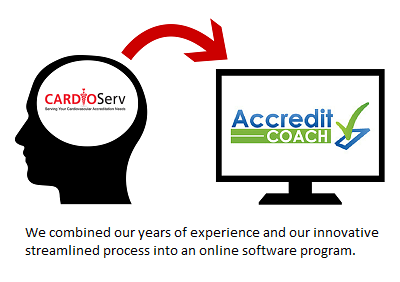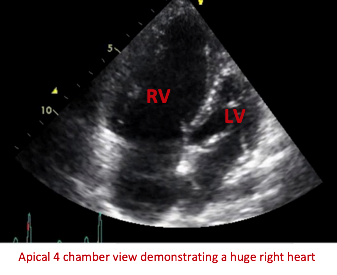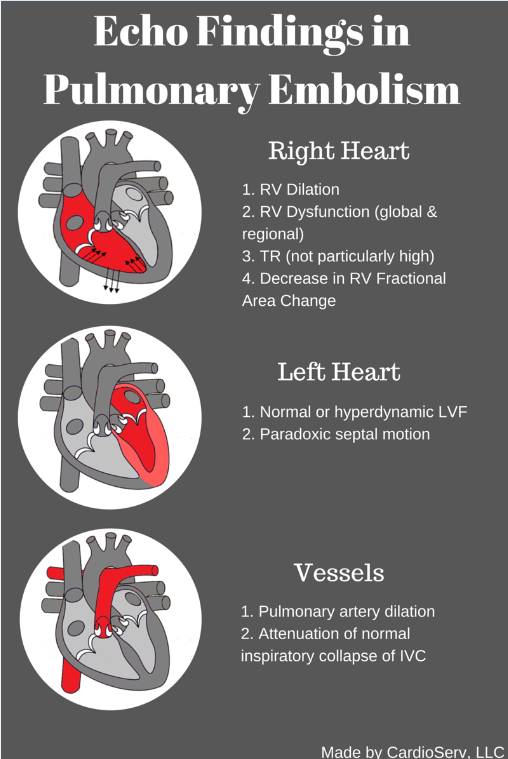6 Pitfalls of Accurate LV Measurements
Last year the American Society of Echocardiography (ASE) released updated guidelines for cardiac chamber quantification by echocardiography. The ASE teamed up with the European Association of Cardiovascular Imaging to update the previous guidelines due to the rapid technological developments of the past decade and the changes in echocardiographic practice brought about by these developments.
6 Pitfalls of Accurate LV Measurements Read More »










